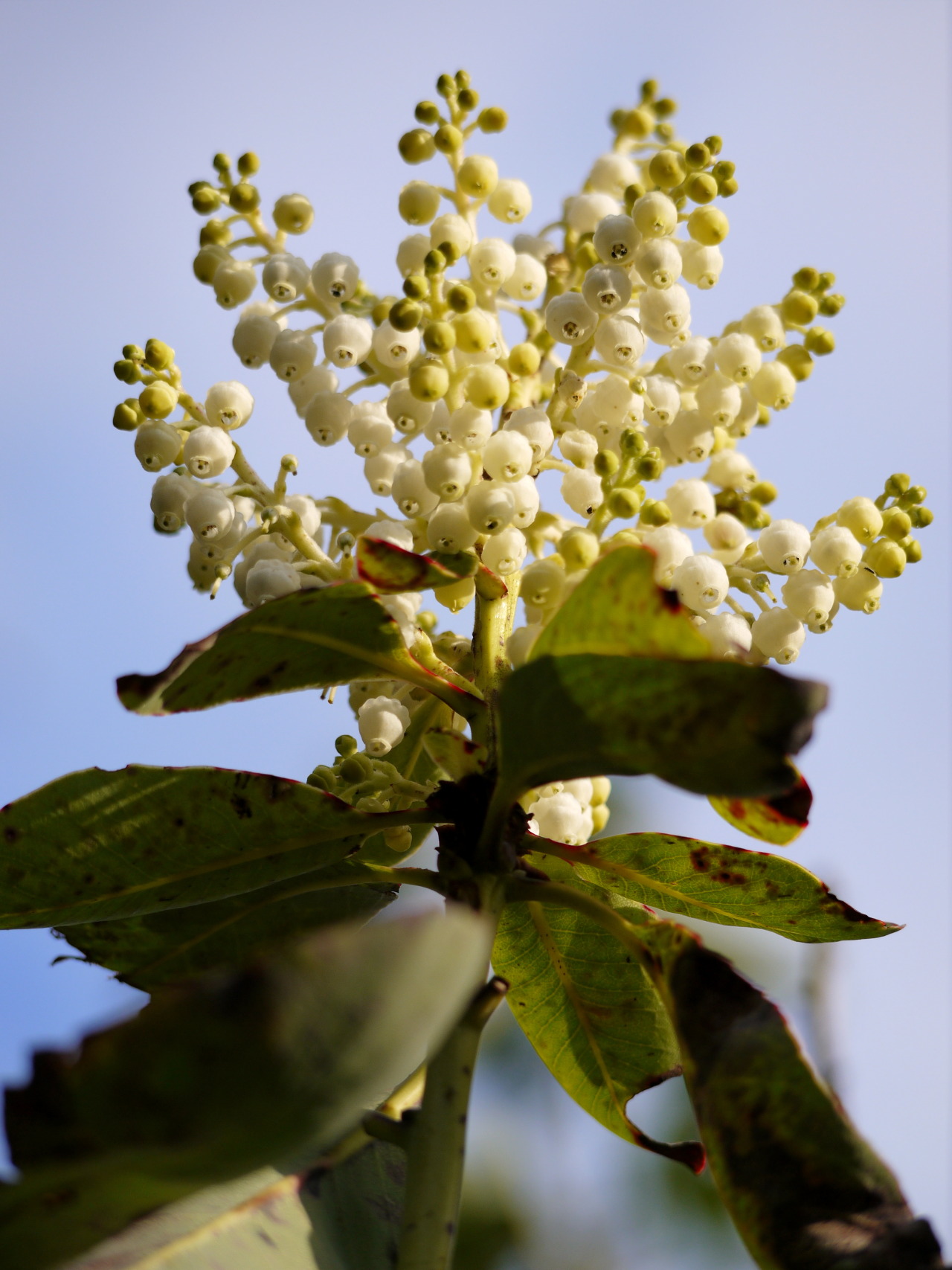
Backyard Science & Discovery Workbook: Pacific Northwest
It’s finally here! My book is published, printed, and ready for purchase!
Over the past year, I have spent a lot of time writing, editing, and designing a workbook for kids about Pacific Northwest nature! It’s full of fun activities, quizzes, guides, and hands-on science projects designed to get kids outdoors, making hypotheses, and observing the world around them like a scientist. It’s around 145 pages and has hundreds of my original, full color photos, maps, and drawings!
Learn more about my book on the Support Me page or buy your own copy here or on Amazon here!








